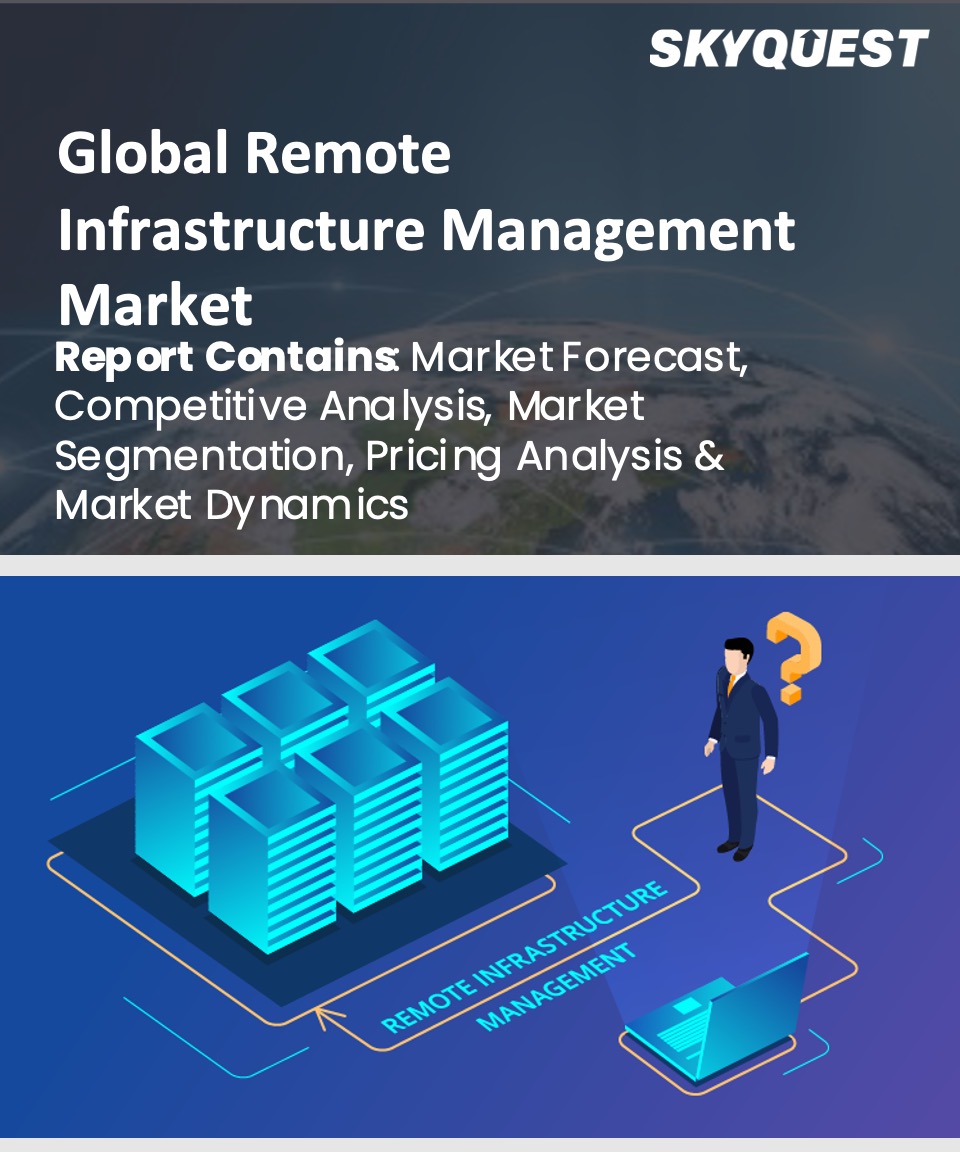
Report ID: SQMIG45A2306

Report ID:
SQMIG45A2306 |
Region:
Global |
Published Date: March, 2024
Pages:
162
|
Tables:
65 |
Figures:
75
Drivers
The Relentless Pursuit of Digital Transformation
The Integration of Cloud Services
Restraints
The Complexity of Managing Diverse and Distributed IT Environments
The Concerns Involving Data Security and Privacy
Our industry expert will work with you to provide you with customized data in a short amount of time.
REQUEST FREE CUSTOMIZATIONWant to customize this report? This report can be personalized according to your needs. Our analysts and industry experts will work directly with you to understand your requirements and provide you with customized data in a short amount of time. We offer $1000 worth of FREE customization at the time of purchase.

Report ID: SQMIG45A2306